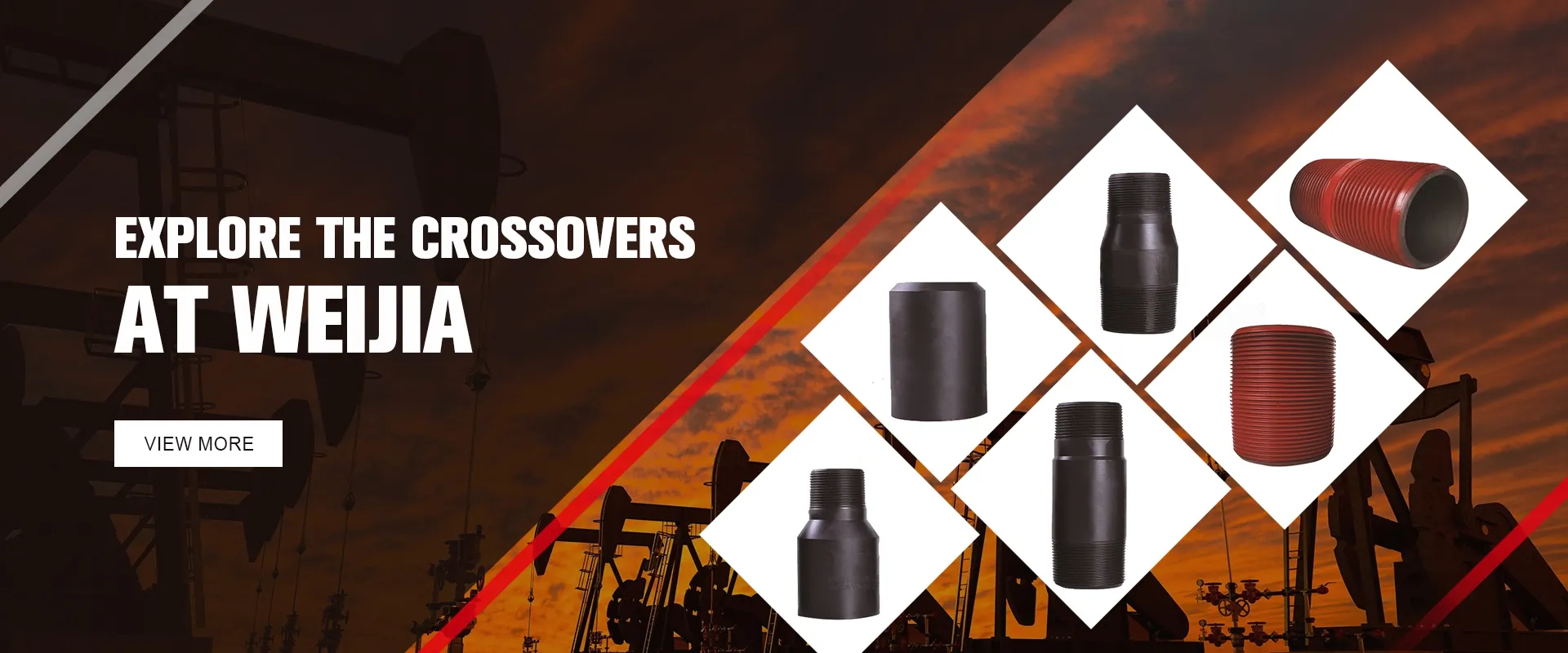- Afrikaans
- Albanian
- Amharic
- Arabic
- Armenian
- Azerbaijani
- Basque
- Belarusian
- Bengali
- Bosnian
- Bulgarian
- Catalan
- Cebuano
- Corsican
- Croatian
- Czech
- Danish
- Dutch
- English
- Esperanto
- Estonian
- Finnish
- French
- Frisian
- Galician
- Georgian
- German
- Greek
- Gujarati
- Haitian Creole
- hausa
- hawaiian
- Hebrew
- Hindi
- Miao
- Hungarian
- Icelandic
- igbo
- Indonesian
- irish
- Italian
- Japanese
- Javanese
- Kannada
- kazakh
- Khmer
- Rwandese
- Korean
- Kurdish
- Kyrgyz
- Lao
- Latin
- Latvian
- Lithuanian
- Luxembourgish
- Macedonian
- Malgashi
- Malay
- Malayalam
- Maltese
- Maori
- Marathi
- Mongolian
- Myanmar
- Nepali
- Norwegian
- Norwegian
- Occitan
- Pashto
- Persian
- Polish
- Portuguese
- Punjabi
- Romanian
- Russian
- Samoan
- Scottish Gaelic
- Serbian
- Sesotho
- Shona
- Sindhi
- Sinhala
- Slovak
- Slovenian
- Somali
- Spanish
- Sundanese
- Swahili
- Swedish
- Tagalog
- Tajik
- Tamil
- Tatar
- Telugu
- Thai
- Turkish
- Turkmen
- Ukrainian
- Urdu
- Uighur
- Uzbek
- Vietnamese
- Welsh
- Bantu
- Yiddish
- Yoruba
- Zulu
casing and tubing connections
Understanding Casing and Tubing Connections in Oil and Gas Operations
In the oil and gas industry, casing and tubing are essential components that play vital roles in the drilling and production processes. Casing refers to the large-diameter pipe that is installed in the wellbore to provide structural support, prevent the collapse of the well, and isolate the different pressure zones encountered during drilling. Tubing, on the other hand, is the smaller-diameter pipe through which oil or gas is produced to the surface. The connections in both casing and tubing are crucial for ensuring the integrity and efficiency of the entire system.
Types of Casing Connections
Casing connections can vary based on design, type, and application. The most common connection types include
1. Threaded Connections These are widely used due to their simplicity and cost-effectiveness. The ends of the casing pipes are threaded to allow for easy assembly and disassembly. However, they may require additional sealing measures to prevent fluid leakage.
2. Welded Connections In welded connections, the casing pipes are joined together by welding, creating a strong and permanent bond. This type of connection is typically used in situations where maximum strength is required. However, the process is more labor-intensive and may take longer to complete.
3. Slip-on and Flanged Connections These connections involve the use of flanges that are either slip-on or welded to the pipe ends. Flanged connections allow for easy access and are favored in situations where maintenance and inspections are frequent.
4. Coupling Connections Couplings are short lengths of pipe that are threaded on both ends, allowing two casing pipes to be joined. This type of connection is prevalent in applications that require flexibility and ease of transport.
Tubing Connections
casing and tubing connections

The connections associated with tubing are equally critical, as they must withstand not only the pressure of the production fluids but also the mechanical stresses of the extraction process. Common types of tubing connections include
1. Screwed Connections Similar to threaded casing connections, screwed tubing connections involve male and female threads. They offer ease of installation but require careful attention to ensure proper sealing.
2. Flanged Connections These connections are useful for their adaptability and ease of maintenance. Flanged tubing connections allow for quick disassembly without the need to cut or damage the pipe.
3. Swaged Connections In this type, one pipe is pressed into another to form a secure connection. While these connections can be reliable, they may require specific tools and techniques to ensure a proper fit.
Importance of Connection Integrity
The integrity of casing and tubing connections is paramount in ensuring the safety and efficiency of oil and gas operations. A failure in connections can lead to severe consequences, including blowouts, environmental pollution, and economic losses. As such, regular inspections and maintenance of these connections are crucial.
Modern technologies, such as advanced welding techniques and non-destructive testing (NDT), are employed to enhance the reliability of casing and tubing connections. These technologies help identify weaknesses or defects that could lead to failures. Additionally, stringent industry standards and regulations guide the manufacturing and installation processes, ensuring that all components meet the necessary safety criteria.
Conclusion
In conclusion, the connections in casing and tubing are foundational elements in the oil and gas industry. As exploration and production activities become more demanding, the need for robust, reliable connections has never been greater. Understanding the types, advantages, and maintenance of these connections is vital for professionals in the field. By prioritizing the integrity of casing and tubing connections, the industry can enhance safety, improve operational efficiency, and minimize environmental impacts, ensuring a sustainable future for energy production.
-
Tubing Pup Joints: Essential Components for Oil and Gas OperationsNewsJul.10,2025
-
Pup Joints: Essential Components for Reliable Drilling OperationsNewsJul.10,2025
-
Pipe Couplings: Connecting Your World EfficientlyNewsJul.10,2025
-
Mastering Oilfield Operations with Quality Tubing and CasingNewsJul.10,2025
-
High-Quality Casing Couplings for Every NeedNewsJul.10,2025
-
Boost Your Drilling Efficiency with Premium Crossover Tools & Seating NipplesNewsJul.10,2025







